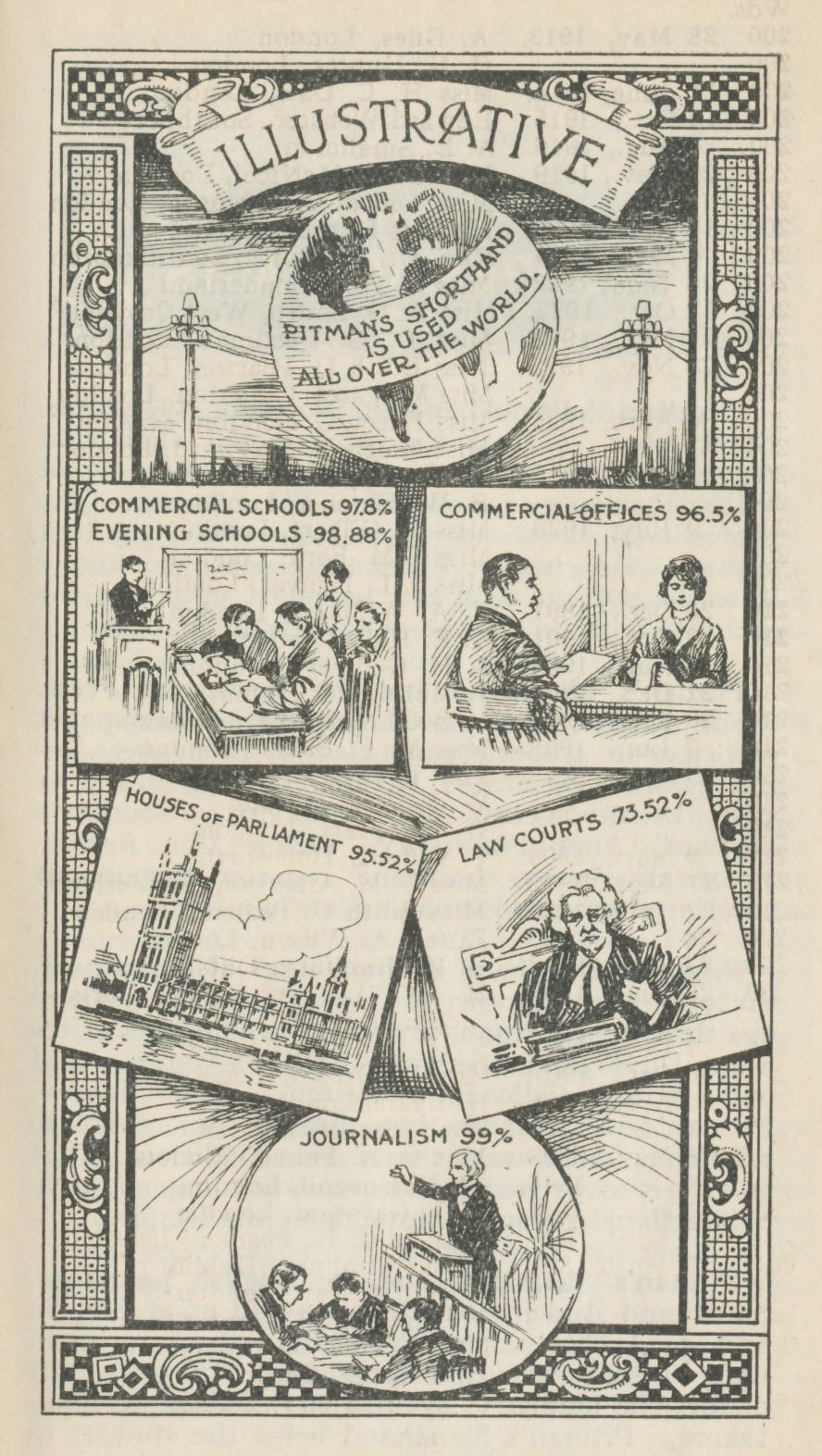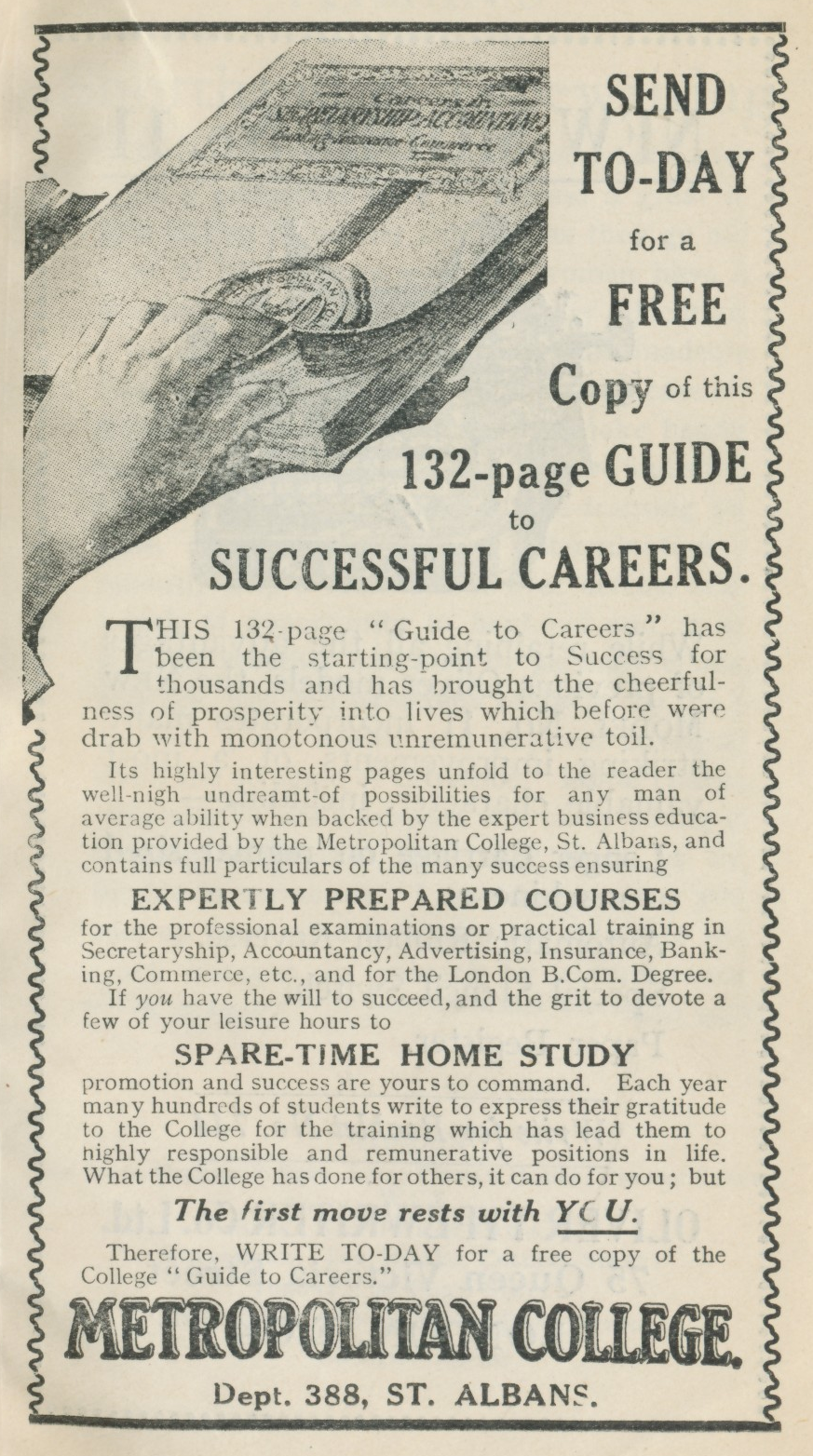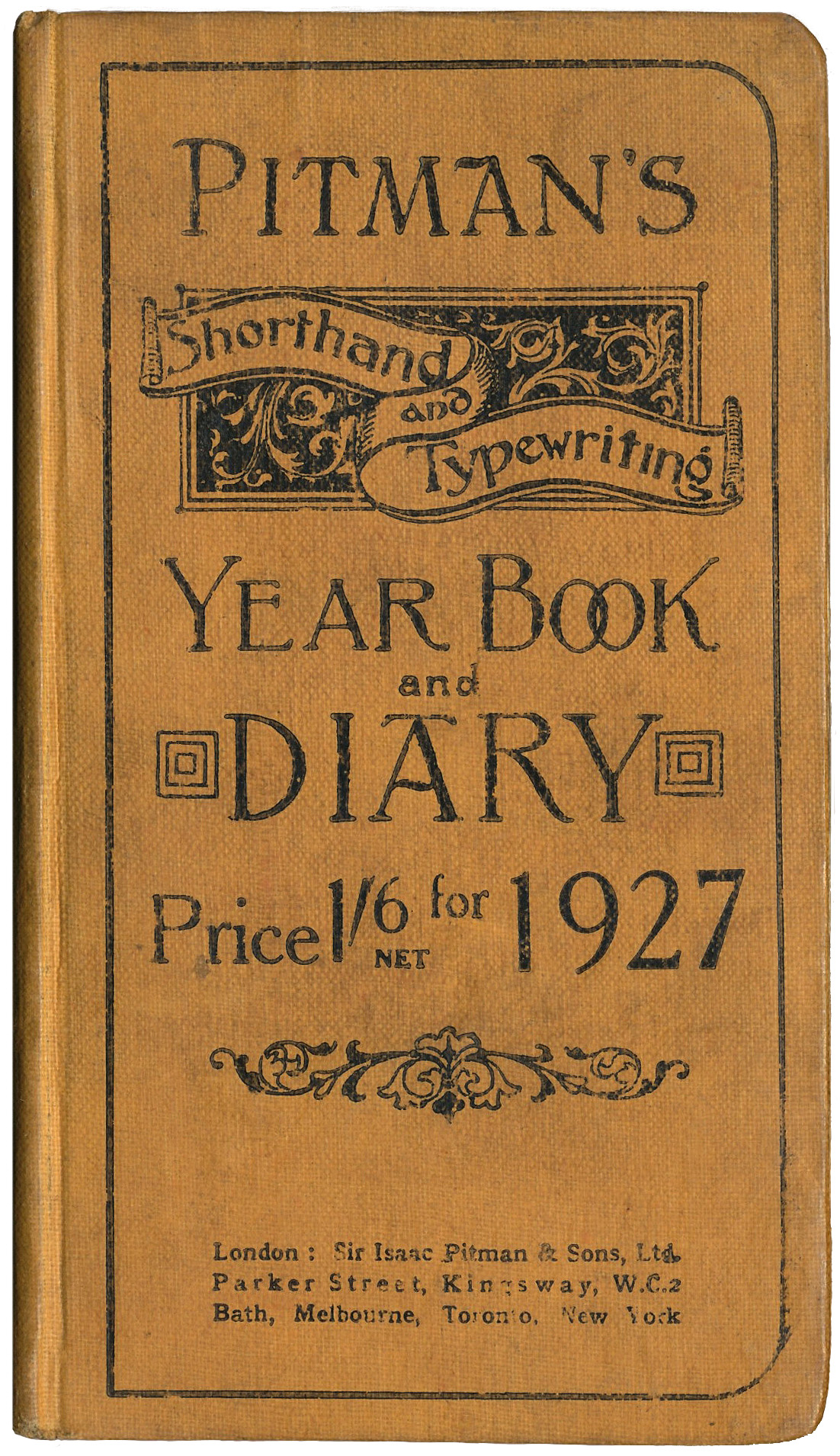Dr Nicole Robertson examines shorthand, the rapid rise in the number of women office workers during the early decades of the 20th century and the subsequent transformation of workplace culture.
The rising prominence of office workers was one of the most important changes in the twentieth century workplace. These workers became a key component of cityscapes and urban communities. As organisations grew larger and more complex the need for greater communication and documentation transformed clerical work. More people were needed to collate information, process records and perform book-keeping tasks. Research into the working lives of this group can inform debates in economic, labour, business, gender and social history.

Shorthand, a system of writing quickly using symbols and abbreviations, was a key part of everyday office life and there were a number of shorthand systems used, including Gregg, Dutton, Sloan-Duployan. In an environment where collating, creating and copying records took place, shorthand was essential as it permitted absolute accuracy in dictation without distortion or misrepresentation, and it was said to assist users in mastering high levels of spoken and written English. Pitman's shorthand was a new system of shorthand writing invented in 1837 by Sir Isaac Pitman (1813-1897). As well as commercial offices, Pitman's shorthand was also used in law courts, the Houses of Parliament and journalism. For example, it was claimed all British reporters at the Versailles Peace Conference (the conference following the end of the First World War to set the terms of the peace) used Pitman's shorthand.
Pitman's Shorthand and Typewriting Year Book and Diary for 1927 is one of a series of short volumes first introduced in 1892. Not only did these function as a pocket diary and calendar, but they also contained a range of advertisements and articles providing an insight into office life. For example, advertisements for the latest office equipment, information about educational courses and training, written experiences from those using Pitman's shorthand in their work, and the organisations, clubs and trade unions which workers could join. These can provide information on a broad set of questions pertinent to this group of non-manual workers including: how new technology shaped and influenced the nature of clerical work; the role gender played in the process of occupational structuring; how white-collar workers exercised authority, control and power in the workplace through trade unions and other organisations; and the extent offices nurtured the construction of social networks.

The Metropolitan College (located in St Albans) claimed its courses had been the "starting-point to Success for thousands" bringing "the cheerfulness of prosperity into lives which before were drab with monotonous unremunerative toil". Its Guide to Careers featured in the Pitman Year Book was pitched as suitable for "any man of average ability" and it offered professional examinations or practical training in areas such as accountancy, banking and insurance. This provides an insight into which group of workers, in this instance male, had opportunities to redefine professionalism in their occupation, via the development of specialist business education, training and examinations, with the potential for this to lead to promotion and middle management office jobs. For other groups of office workers excluded from such training, the expansion of office work brought fewer opportunities and more likely fragmented, repetitive and temporary work.
The Association of Women Clerks and Secretaries (AWCS) existed to protect female clerical workers, secure the abolition of what it called "sex differentiation" in clerical work, ensure there were more opportunities for female office workers and to increase their technical efficiency. It also provided help to members in difficulty offering assistance with medical costs and legal advice in all matters connected with members' employment. This Association was also a social and residential club for its members.
Information in the Year Book provides a useful introduction to this organisation which can be the starting point for further research. The AWCS is important as it was the only single-sex organisation representing female office workers in both private business and state administration. Originally founded in 1903 as the Association of Shorthand Writers and Typists, men were not originally excluded. However, it changed its name to the Association of Women Clerks and Secretaries in 1912 and its rules were revised to confine membership exclusively to women. The AWCS embarked on a series of campaigns to support trained female office workers in challenging the gender-based hostility they faced. Many non-manual workers have traditionally been considered predisposed to individual rather than collectivism. Therefore the AWCS provides an important insight into female collective action.
Sources like the Pitman's Shorthand and Typewriting Year Book and Diary can be utilised to enhance our understanding of the transformation in workplace culture and practices through the various advertisements, articles and information they contain.
